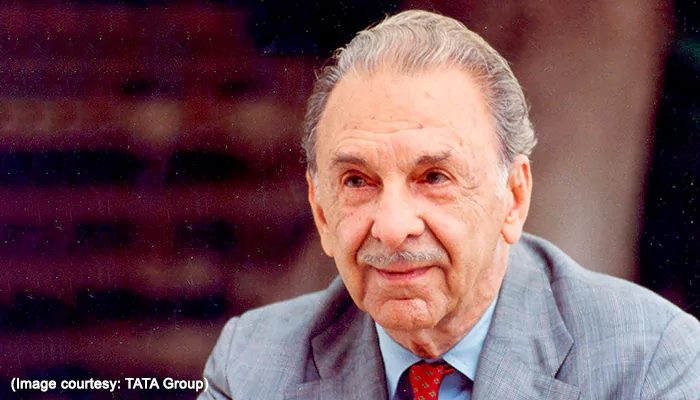
From its humble beginnings to its current form, the newspaper media has played a vital role in informing, educating, and empowering the masses, ultimately strengthening our democratic fabric. It's a source of pride for us all!
Come take a stroll through India's newspaper archives with us! These old-timers have seen it all - from colonial times to the digital age. They're like time capsules, preserving the essence of India's past and present. Let's dive into their stories and see how they've shaped the nation's narrative over the years. Ready for a journey through India's journalistic heritage?
The Times of India
Year of launch: 1838
Still going strong
Starting its journey as The Bombay Times and Journal of Commerce in 1838, The Times of India holds the crown as the oldest English-language newspaper in India. Back in the colonial days, it was the go-to source for the expat community in Bombay (now Mumbai). Originally focusing on business tidbits and ads, it gradually expanded its horizons to cover everything from global news to local happenings, sports, entertainment, and more. During India's struggle for independence, The Times of India stepped up big time, giving a voice to dissent and rallying support for self-rule. Icons like Mahatma Gandhi used its pages to stir up the masses for Swaraj (self-governance). Fast forward to today, and it's still going strong, making waves across major cities with its wide readership and influence.
Amrita Bazar Patrika
Year of launch: 1868
No longer in operation
Amrita Bazar Patrika had quite the journey! Founded way back in 1868, it was one of the oldest Bengali newspapers out there. Starting off in Jessore, then moving to Kolkata, it played a key role in India's fight for independence. Can you imagine the buzz it must've created with its bold stance against British rule! Also, it was one of the first newspapers to have its own printing press, making it a real game-changer in the world of print media.
The Statesman
Year of launch: 1875
Still going strong
Launched in Kolkata (Calcutta) in 1875, The Statesman is known for its insightful editorials and comprehensive coverage of global and local affairs. Founded by Robert Knight, it aimed to provide a moderate and independent voice during the colonial era. During India’s struggle for freedom, The Statesman emerged as a fearless critic of colonial rule and a powerful voice for the aspirations of the Indian populace. The newspaper consistently delivered objective reporting and was acknowledged for its impartial coverage of significant events and issues.
The Hindu
Year of launch: 1878
Still going strong
In 1878, Chennai witnessed the birth of The Hindu as a modest weekly publication. Little did anyone know that it would soon become synonymous with integrity and reliability in journalism. Through the tumultuous years of the Emergency, when press freedoms were under threat, The Hindu stood tall, fearlessly challenging authority and championing the rights of the people. Its pages were not just filled with news but also brimmed with insights into the diverse spectrum of human endeavor, from politics to culture to science. The Hindu isn't just a newspaper; it is a beacon of hope and enlightenment in a world often clouded by misinformation.
The Tribune
Year of launch: 1881
Still going strong
Back in 1881, when Lahore was still part of undivided India, The Tribune made its debut. Through the twists and turns of history, this paper has been a constant presence. It's like the wise old sage of North India's newspaper scene, relocating from Lahore to Ambala and finally settling in Chandigarh. And let us tell you, it's been a champion for the people, lending its voice to leaders like Nehru and Gandhi during the freedom struggle. With its reputation for fair and unbiased reporting, The Tribune has become a trusted source for news, whether it's covering local happenings or national events.
It's fascinating to see how these newspapers have evolved with the times, staying true to their core values while embracing new technologies. They've become more than just sources of news; they're guardians of truth in a rapidly changing world.












